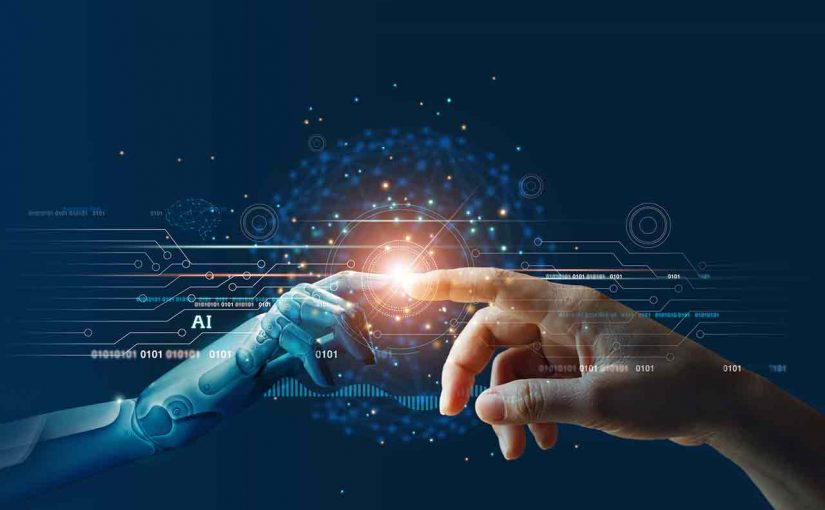The AI in films is usually fully mindful, emotional, and alive in every practical sense. It is equipped for learning, thinking, explaining and deceiving. The AI I came across (and this is important as it only scratches the outside of the depth of AI studies) is unmistakably more specific, focusing only on the part of a difficulty that could be much bigger. There are several areas of investigation to create the humanoid machines of science fiction, but so far, most of them are still limited to the imagination’s realms. This task was made by a humanoid robot with some surprising highlights. I’m not entirely sure that there actually is a viable use for it, but there are points for it to be perhaps the coolest use of innovation I’ve ever seen.
 Without going into too many details, his test involved attempting to trick a pc into tricking individuals into believing it was a human. AI Clinc research has been done to develop machines that can show emotions. Even so, we are still a long way from seeing a machine that, by all accounts, appears to be alive.
Without going into too many details, his test involved attempting to trick a pc into tricking individuals into believing it was a human. AI Clinc research has been done to develop machines that can show emotions. Even so, we are still a long way from seeing a machine that, by all accounts, appears to be alive.
The early energy about AI prompted designers to create a non-exclusive argument solver that could search through a wide variety of information it had obtained and find answers to any difficulties presented to it. Unfortunately, this has gradually proven to be practically incomprehensible. Current AI will generally focus on distinctive topics and areas of information. Master systems are “specialists” in a particular area and can answer questions that have only been identified with that area. Its applications include clinical findings, credit card applications, and various areas where information is examined.


